Why Airports Are Unexpected Goldmines for Sketchbook Artists
“Drawing at the Airport” is not a quirky exception; it’s an artistic practice rooted in keen observation, rapid sketching, and storytelling. Airports are designed for travel, urgency, and movement—but beneath the announcements and suitcase wheels lies a surprisingly rich environment for sketchbook artists. Whether you’re a globe-trotting illustrator or someone who deliberately visits terminals just to draw, the airport offers a gallery of transient lives, repeating architecture, and subtle emotion.
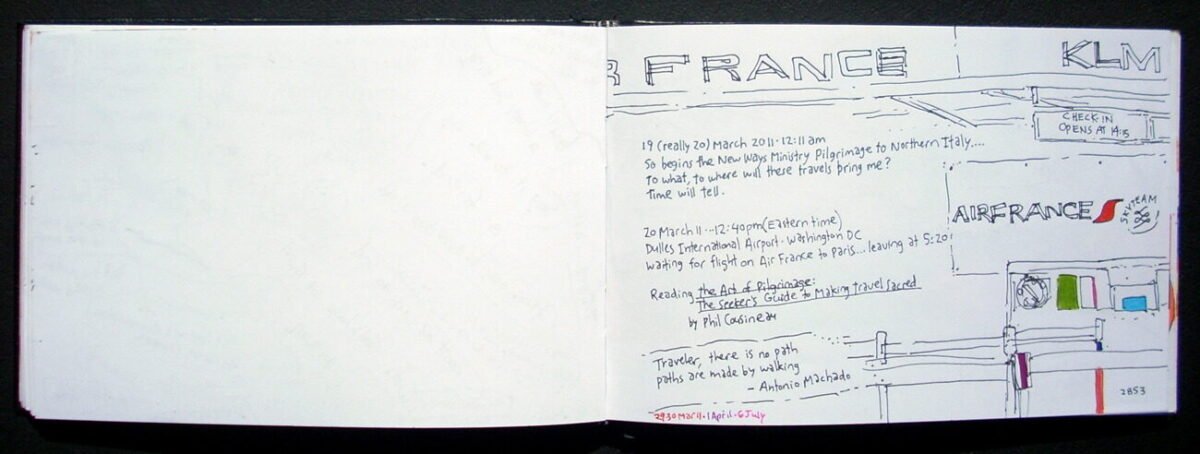
credit: ABZ
Airports brim with drama, detail, and contrast. People shift between stress and anticipation, goodbyes and reunions, hurry and waiting. These emotional snapshots paired with unique design and dynamic movement make airports ideal for observational sketching.
- Constant character variation—from solo travelers to families to airline staff
- Geometric backgrounds with repeated shapes, signage, and lighting
- Unique materials like glass, steel, upholstery, and polished floors
- Natural storytelling moments like boarding queues or farewell hugs
For artists who thrive on candid moments and ambient studies, airports are full of unscripted scenes that you won’t find in staged settings.
What to Sketch at the Airport
You don’t need to sketch airplanes to capture airport essence. In fact, focusing on people, shapes, and mood yields more compelling studies.
Waiting Travelers
Seated figures immersed in phones, children curled into backpacks, seniors clutching travel documents—these offer posture, form, and emotional expression.
Interior Architecture
Capture vanishing points in jet bridges, reflections on tiled floors, or wide atriums with structural repetition.
Luggage and Textures
Suitcases, hand-totes, and travel gear often carry distinctive shapes, logos, and wear that tell stories of their owners.
Interactions
Quick embraces, security line grumbles, helpful gate agents—these exchanges infuse life into your sketchbook.
Signage and Symbols
Terminal letters, arrival/departure boards, flight icons, and digital screens create compelling design compositions.
Airport Access and Strategy
Sketching Without Flying
Some artists go to airports specifically to draw—not to fly. And yes, it’s entirely possible.
Visit the Public Spaces
Many airports have cafes, viewing decks, check-in areas, and glass-enclosed lounges you can access without a ticket.
Time Your Visit Strategically
Early mornings and late evenings offer ambient light and quieter crowds. Midday travel spikes yield more animated scenes.
Blend In
Use a small sketchbook, sit casually in public zones, and avoid drawing invasive scenes. Being discreet invites more natural observations.
Prep Your Tools
Bring fine liners, pocket watercolors, and a compact sketch pad. Avoid setups that look professional or cumbersome, so you don’t attract concern.
Capturing Mood and Motion in a Fast-Paced Environment
Sketching in motion calls for speed, simplification, and intuition. Airports aren’t for precision—they’re for energy.
Gesture Drawing
Loose lines convey movement and posture quickly. Focus on silhouettes, angle, and weight shifts.
Light and Shadow Studies
Airports often have complex lighting—natural skylights or fluorescent glows that play off materials like chrome and tile.
Focus on Repetition
Conveyor belts, rows of seats, stacks of trays—all make excellent rhythm studies and compositional anchors.
Use Color Sparingly
A dash of airport yellow or the navy of a pilot’s uniform adds just enough pop without slowing your pace.
Making Airport Sketches Part of Your Artistic Practice
Travel sketching doesn’t have to mean exotic destinations. Documenting spaces of transition sharpens storytelling skills and builds a richer portfolio.
Thematic Series
Create pages around “Feet in Transit,” “Faces in Waiting,” or “Chairs and Postures.” Themes guide your sketchbook narrative.
Combine With Writing
Include snippets of overheard dialogue, flight numbers, or emotional reflections. It turns observation into memoir.
Use Sketches in Later Work
Airport studies are great reference material for larger compositions, comic panels, or character design.
Share with Purpose
Posting sketches from airports online can spark conversations around travel, presence, and the unseen artistry of everyday places.

Sketchbooks.org | ARTIST MARKETING GUIDE
How to Promote Your Artwork on Social Media | Without Feeling Salesy
The Key to Promoting Without Feeling Pushy Figuring out how to promote your artwork on social media without feeling salesy is one of the biggest challenges visual artists face. With platforms like Instagram, Pinterest, and...
Frequently Asked Questions
Can I sketch at an airport without a boarding pass?
Yes, public areas like lobbies, food courts, and observation decks are often accessible without flying.
Is it safe to sketch strangers at an airport?
Stick to public, candid scenes and avoid detailed likenesses—focus on posture, shape, and interaction.
What sketching tools work best at an airport?
Portable tools like fine liners, small sketchbooks, and water brushes are discreet and travel-friendly.
Should I ask permission before drawing people?
Not usually—but keep it respectful, avoid sensitive moments, and don’t draw minors in detail.
Can I sketch planes from inside the airport?
If there’s a window view or observation deck, absolutely—just be mindful of security zones.
How do I deal with fast-moving scenes?
Use gesture drawing to capture motion and mood, and fill in details after subjects have moved on.
What’s the best time of day to sketch at airports?
Mid-morning and late afternoon offer dynamic lighting and traveler volume without overcrowding.
Is drawing at airports common among artists?
Yes! Many urban sketchers and visual storytellers incorporate terminals into their travel diaries.
Final Thoughts
Who goes to the airport without flying? An artist chasing atmosphere. Drawing at the airport is about witnessing the drama of departure and arrival, the architecture of movement, and the quiet poetry of waiting. In these transient spaces, your sketchbook becomes a vessel—not for tickets, but for stories. So next time you’re grounded by choice or layover, remember: your flight may be imaginary, but your creative takeoff is very real.
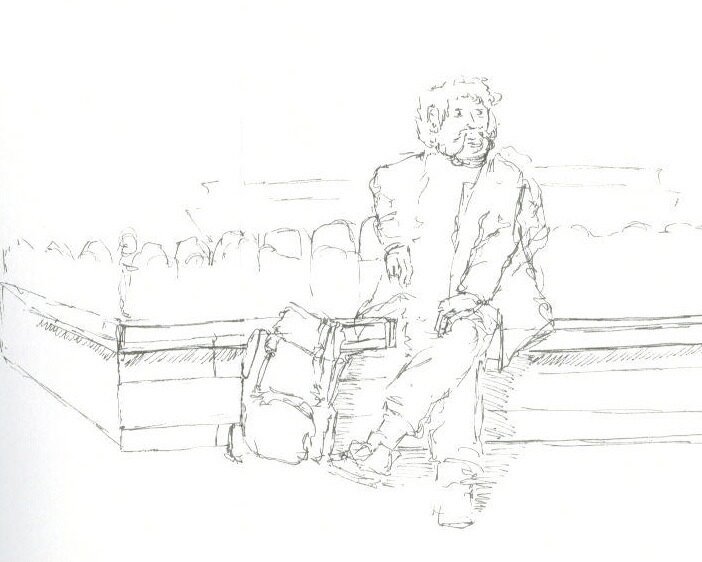
credit: THISS
Ready to Share Your Work?
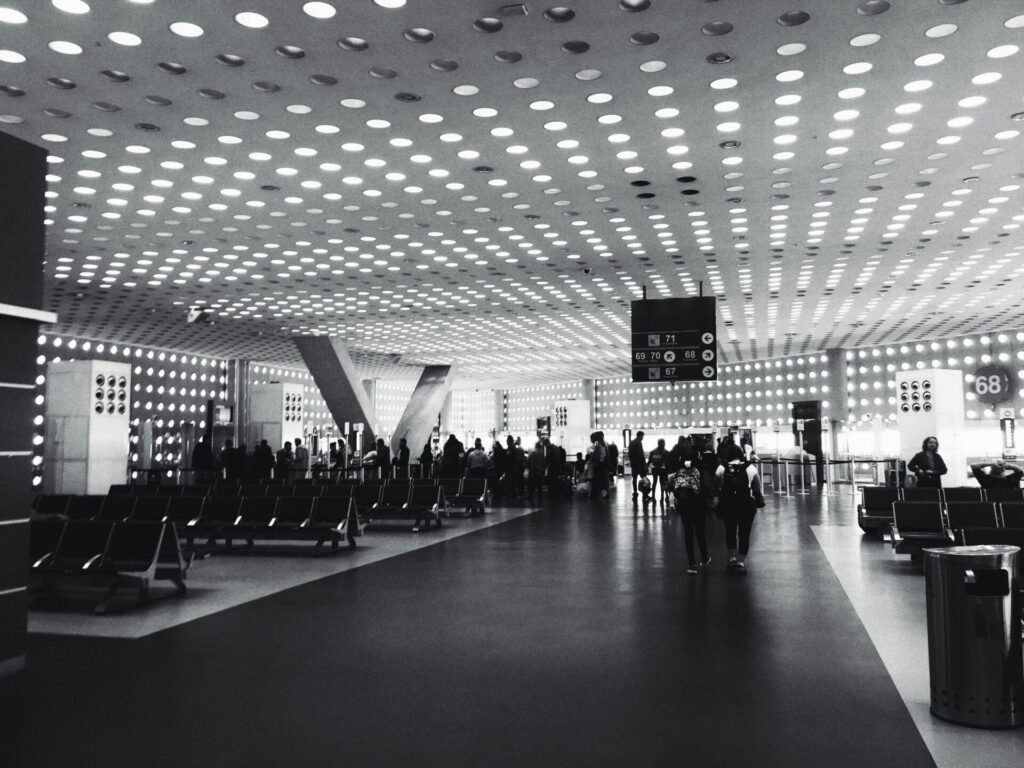
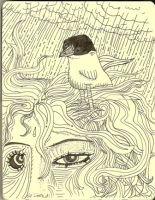
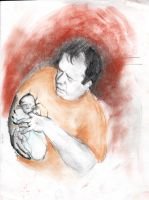
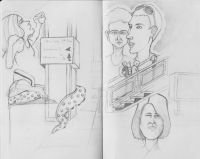

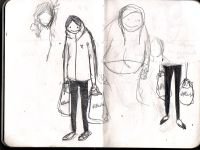

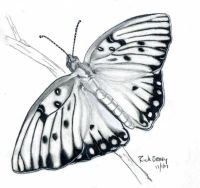


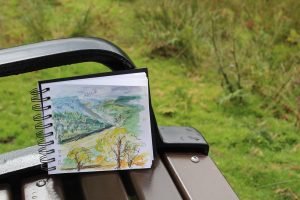
My sketchbook is just part of my carry-on luggage. It’s the best thing to do to pass the time at the terminal.
I know, what would I do without my sketchbook at the airport. Would be bored bored bored.